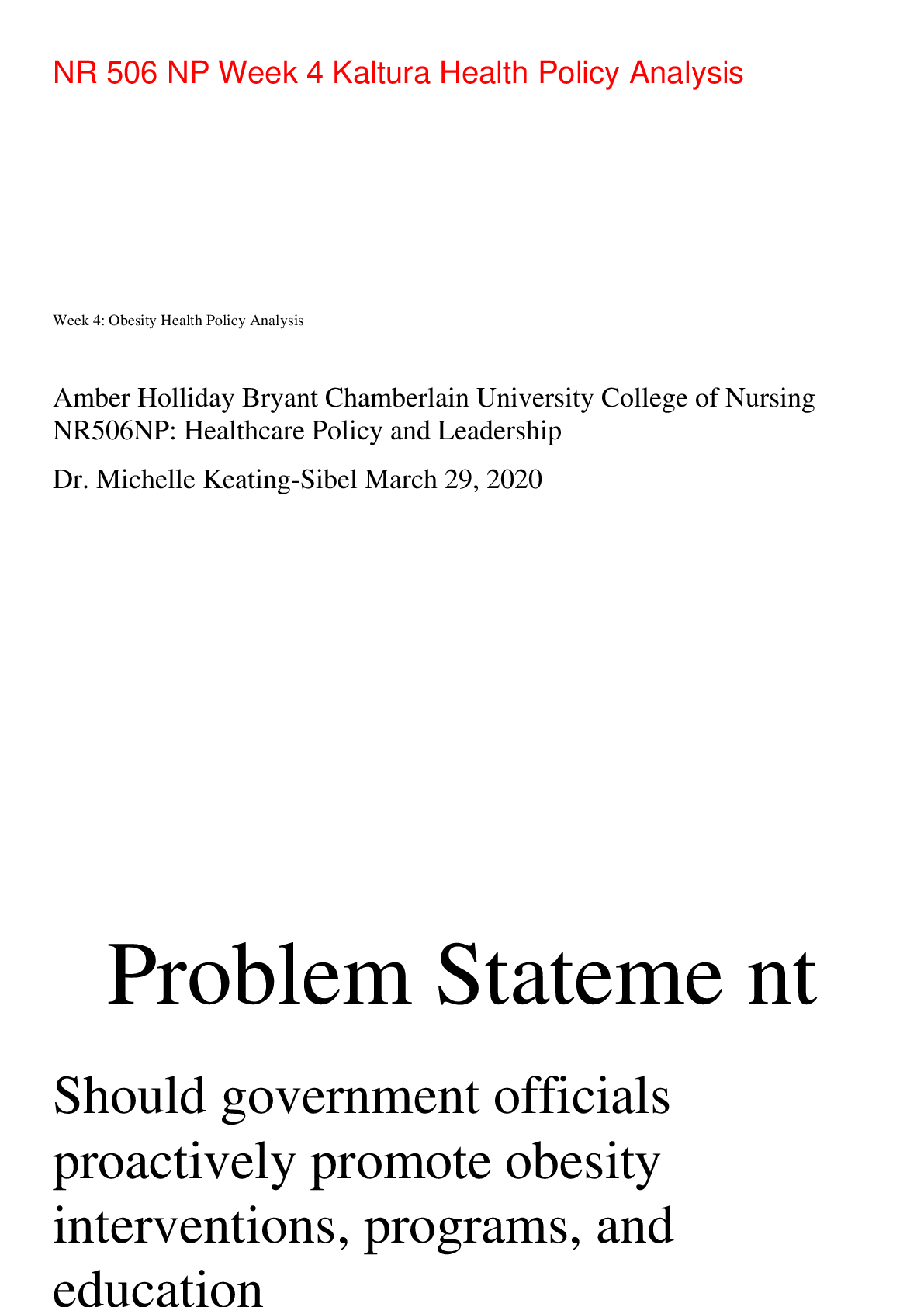BioChemistry > STUDY GUIDE > University of the West Indies at St. AugustineBIOC 2061BIOC 2061_TUTORIAL 1 (All)
University of the West Indies at St. AugustineBIOC 2061BIOC 2061_TUTORIAL 1
Document Content and Description Below
BIOC 2061 TUTORIAL 1 1) Water molecules have a dipole because it is not symmetrical. Water molecules from a Vshape because according to the valence shell electron pair repulsion theory, the two lone... pairs on the oxygen molecule creates a repulsion hence “bending” the molecule. Oxygen has a higher electronegatively than hydrogen, oxygen has an electronegativity of 3.5 and hydrogen has an electronegativity of 2.1 when formed at an angle with each other. When combined a molecular dipole will be formed with a negative charge towards the oxygen and a positive charge towards the hydrogen. Carbon dioxide molecules are symmetrical. Oxygen has a higher electronegativity (3.5) than carbon (2.5) therefore it pulls the shared pairs of electrons closer to itself which causes oxygen to have a partial negative charge and a partial positive charge on the carbon. Carbon dioxide has two dipoles but no dipole moments because the charge is equally distributed. 2) A water molecule is made up of two hydrogen atoms and one oxygen atom, the molecule is angular (104.5°). Oxygen is more electronegative than hydrogen therefore it pulls the shared electrons towards itself. This gives the oxygen a partial negative charge and hydrogen a partial positive charge, this uneven distribution of charges allows water molecules to interact with each other by hydrogen bonding. Hydrogen bond is a weak bond so when the temperature drops below 4°C the kinetic energy of the water molecules reduces to allow the hydrogen bonds to bind each other together. Since water molecules are angular, empty spaces appear in the molecule structure hence the volume increases and density decreases. This causes ice to be less dense than water. Any object that is less dense than the fluid it is in, it will float therefore ice floats on in liquid H2O. Titrate 10cm3 of acetic acid against NaOH using phenolphthalein indicator. Add 25cm3 acetic acid into a 100cm3 beaker followed by 25cm3 distilled water and record the initial pH using a pH meter. Add standardized NaOH in 2 cm increments and stir well, after each addition record the pH. Plot a graph of pH (y axis) against volume of NaOH added (x axis). From this graph determine the equivalence point and the amount of cm3 of NaOH and pH at ½ at the neutralization of acetic acid. [Show More]
Last updated: 2 years ago
Preview 1 out of 8 pages

Buy this document to get the full access instantly
Instant Download Access after purchase
Buy NowInstant download
We Accept:

Reviews( 0 )
$11.00
Can't find what you want? Try our AI powered Search
Document information
Connected school, study & course
About the document
Uploaded On
Aug 28, 2021
Number of pages
8
Written in
Additional information
This document has been written for:
Uploaded
Aug 28, 2021
Downloads
0
Views
57









.png)




